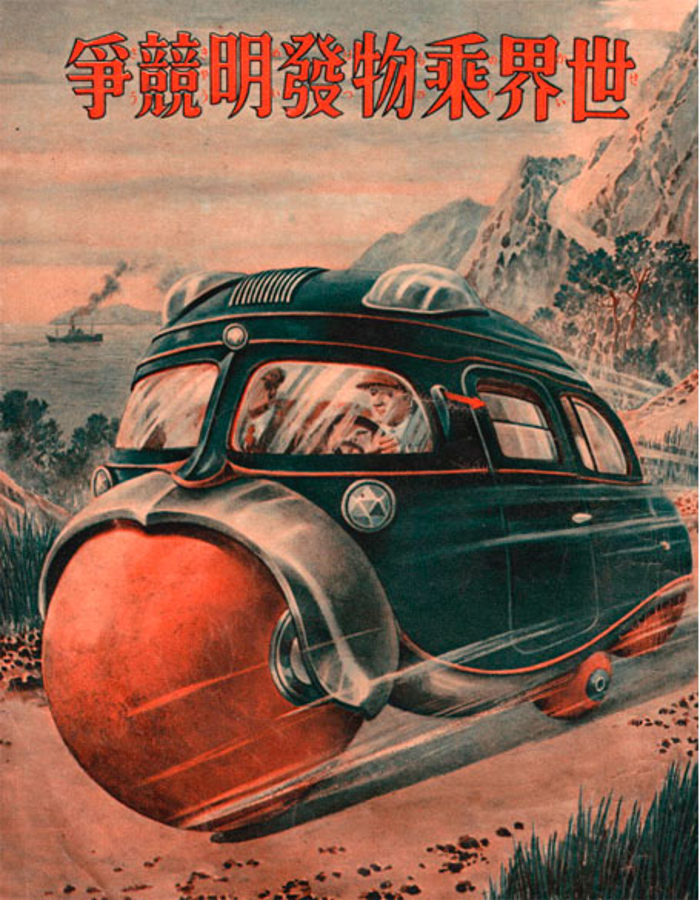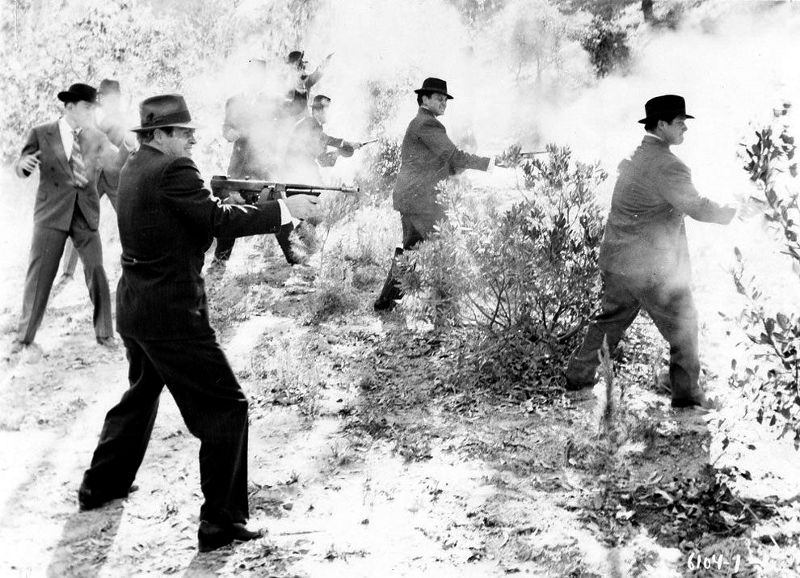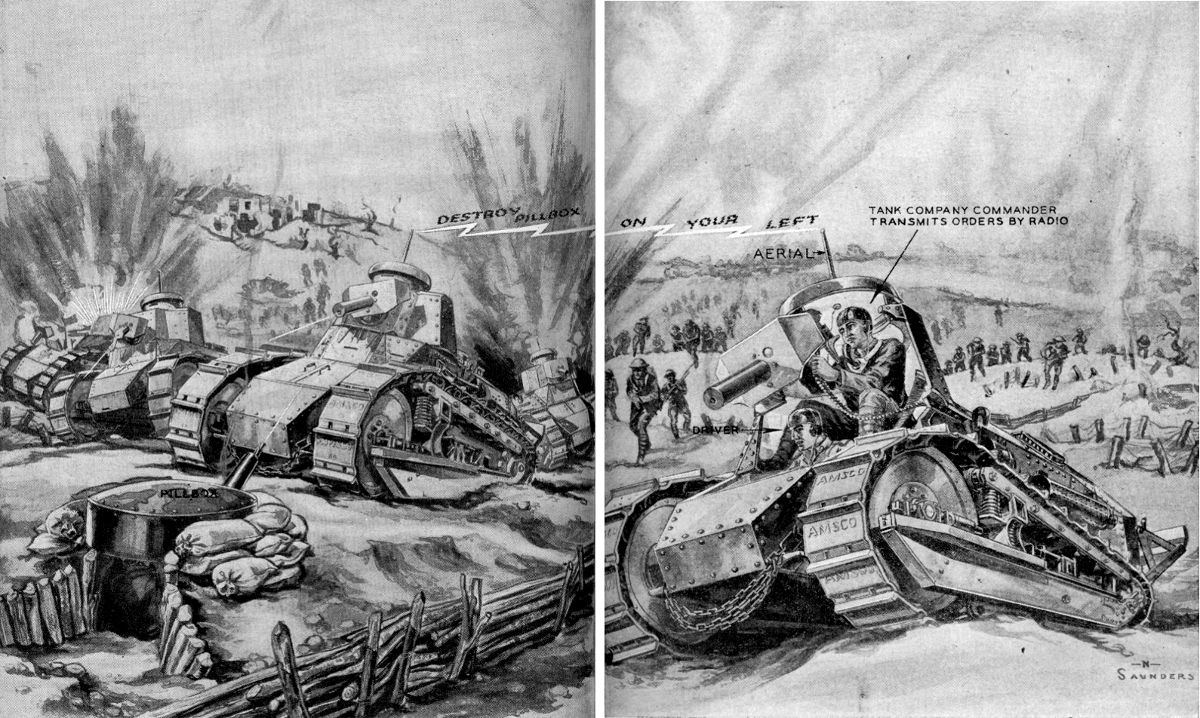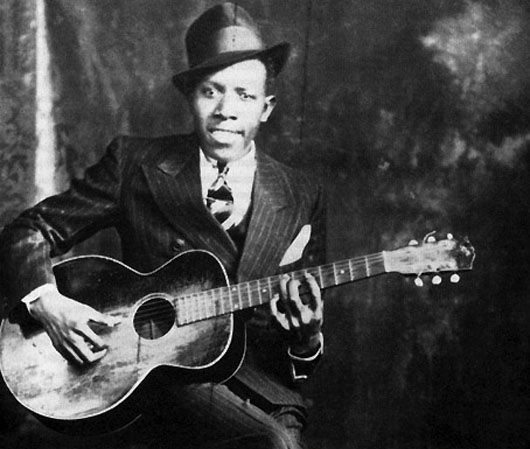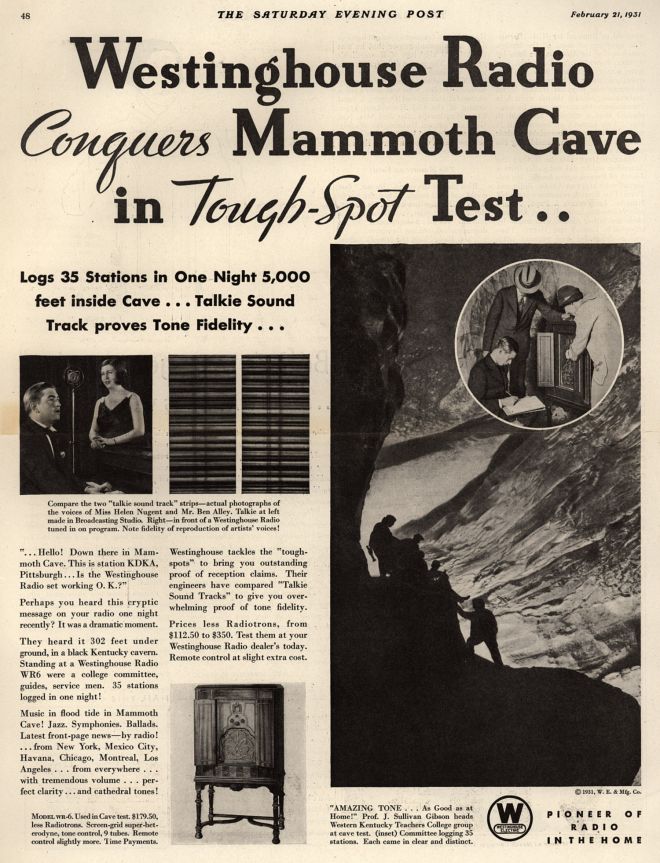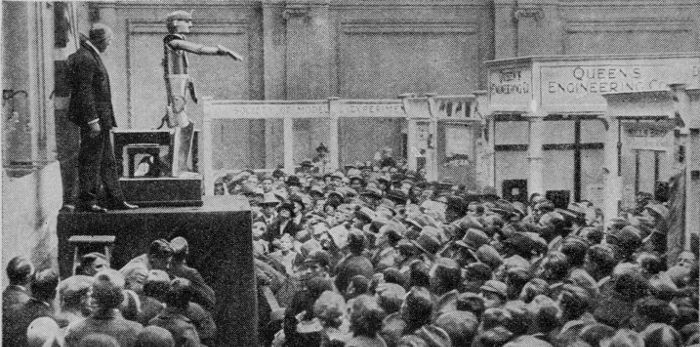Month: August 2018
Sanka Coffee, 1948
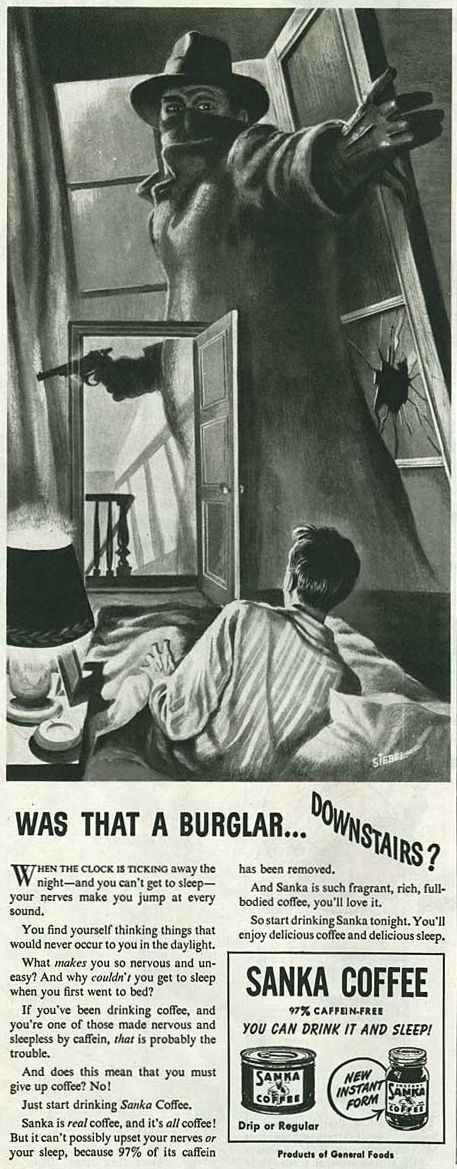
Japan Air Transport, 1931
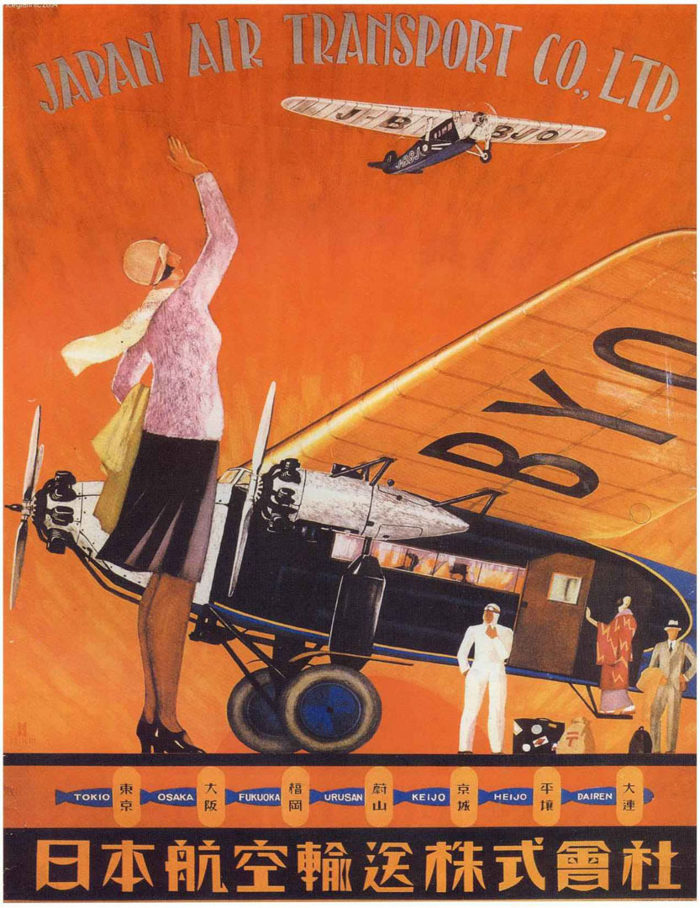
Target Practice
Pocket Guide to China, 1943
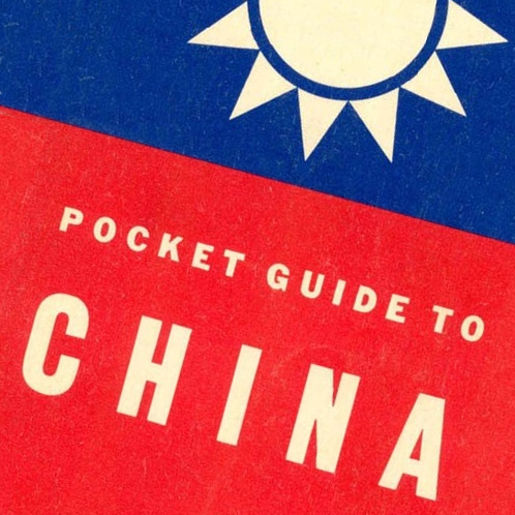 CHINA has been at war for 5 years with her enemy and ours — the Japanese. She has met heavy defeats and won important victories. She has suffered more than 5,000,000 casualties in those years of war. Yet, today, the free people of China are still fighting, still holding a better armed foe.
CHINA has been at war for 5 years with her enemy and ours — the Japanese. She has met heavy defeats and won important victories. She has suffered more than 5,000,000 casualties in those years of war. Yet, today, the free people of China are still fighting, still holding a better armed foe.
You and your outfit have been ordered to China to help this gallant ally. Your job, fighting side by side with the Chinese, is to rid that country of the Japanese. No American troops anywhere have a more important assignment.
Two problems face you right away. You don’t know the language and you don’t know the people. That makes it harder to be a guest in China than in a country like England or Australia.
Nobody expects you to learn a language as complex as Chinese, although the glossary at the end of this book will enable you to learn enough to get along. To understand a people is something else again. It takes a blend of curiosity, common sense, and courtesy. You might well adopt as your motto one of the many proverbs that guide the Chinese in their own conduct. They say …
“When you enter a neighborhood ask what is forbidden; when you enter a country ask what the customs are.”
It is the purpose of this guide to tell you about some of these customs. It will only take about 20 minutes to read, but, by helping you to understand China and the Chinese people, it can add interest to your stay in their country and help you to do a better job for America.
Prepared by Army Information Branch, Army Service Forces, United States Army, 1943
Digitized by Central University Libraries, Southern Methodist University
Radio Linked Tanks, 1930
Tank Maneuvers Controlled by Radio
Developments in the mechanization of the army is the installation of radios in tanks for the transmission and receipt of orders. Control of tanks in action, since they were first introduced by the British during the World war, has been at once an important and difficult task, hitherto performed by officers who walked beside the tank and signaled with flags—a duty both dangerous and unsatisfactory. Modern tanks are now being equipped with radio, the company and section commanders having both receiving and short-wave transmitting sets, while the other tanks are only equipped to receive. The illustration shows a tank company advancing to clear the way for the infantry. The tank in the foreground is cut away to show the driver and the company commander seated in the turret. The commander has spotted the camouflaged pillbox in the left foreground and is sending an order by radio to the tank on his right to turn and smash the emplacement. Tanks shown here are armed with machine guns, other types are equipped with small cannon. (Modern Mechanix Dec, 1930)
